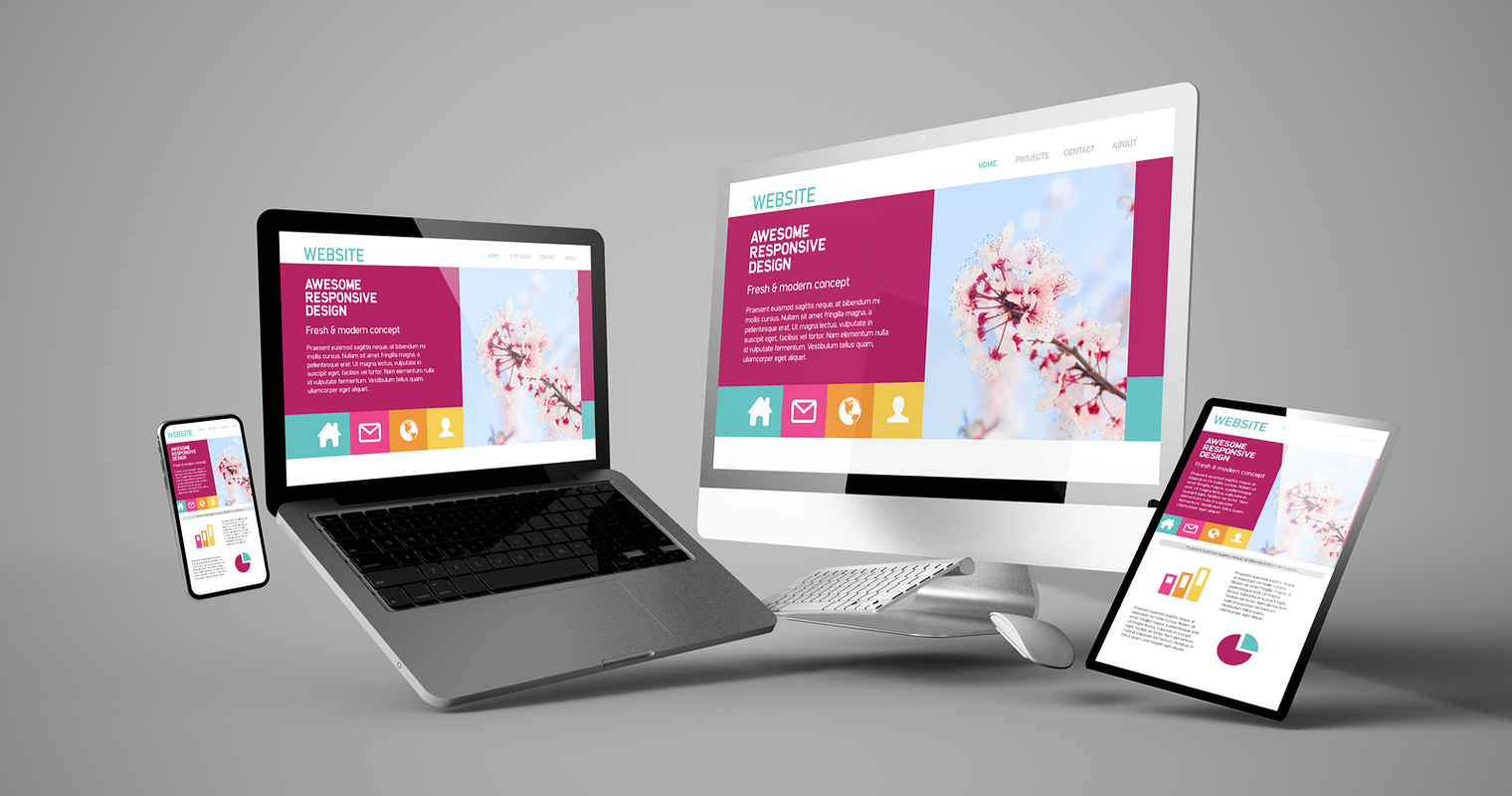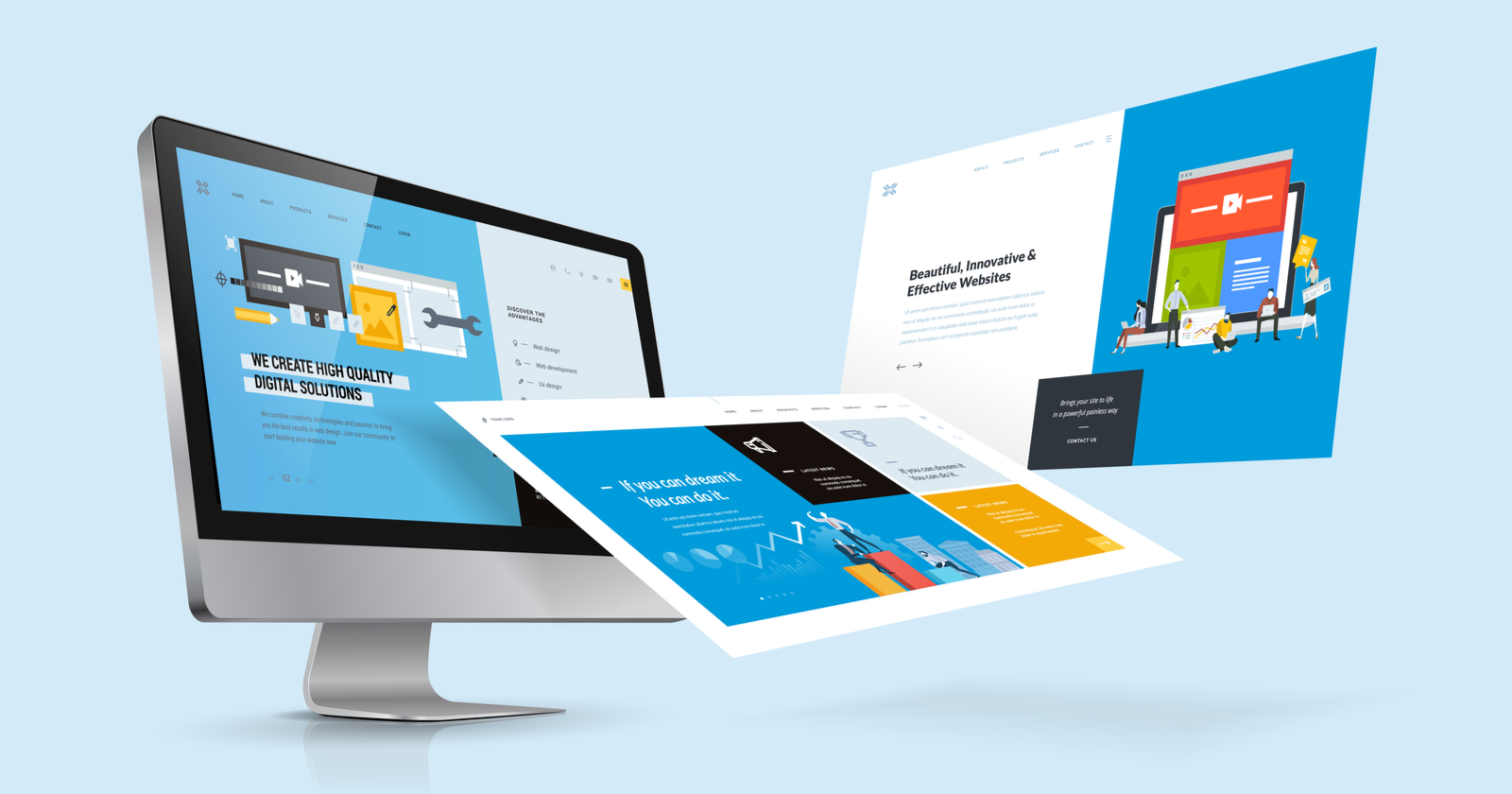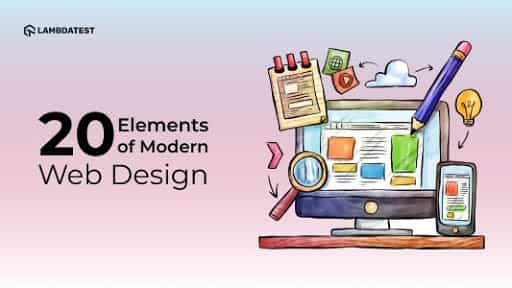All Categories
Featured
Table of Contents
- – Minneapolis Web Design - 100+ Five Star Review...
- – Web Design - Wikipedia Tips and Tricks:
- – Learn Web Design With Online Courses, Classes...
- – Web Design Services + Website Development Age...
- – Web Design Tools & Software - Webflow Tips an...
- – Pueblo Web Design Tips and Tricks:
- – Web Design Vs. Web Development - Upwork Tips...
- – Webdesign Designs, Themes, Templates And ......
- – What Can I Do With A Web Design And Developm...
- – What Is Web Design? The Ultimate Guide To We...
- – 34 Of The Best Website Designs To Inspire Yo...
Minneapolis Web Design - 100+ Five Star Reviews - Seo ... Tips and Tricks:
Quick summary Functionality and the energy, not the visual style, determine the success or failure of a website. Considering that the visitor of the page is the only person who clicks the mouse and therefore decides whatever, user-centric design has actually established as a basic approach for successful and profit-oriented web design - web design frederick md.
and the utility, not the visual style, identify the success or failure of a website. Considering that the visitor of the page is the only individual who clicks the mouse and for that reason decides whatever, user-centric design has actually ended up being a basic approach for successful and profit-oriented website design. If users can't use a function, it might as well not exist.
g. where the search box need to be positioned) as it has actually currently been performed in a variety of short articles; rather we concentrate on the techniques which, utilized properly, can cause more sophisticated style choices and simplify the process of perceiving presented details. Please discover that you might be interested in the usability-related short articles we've published before: Principles Of Good Website Style And Effective Web Style Guidelines, In order to use the principles properly we initially need to understand how users connect with websites, how they believe and what are the fundamental patterns of users' habits.
Web Design - Wikipedia Tips and Tricks:
Visitors look at each new page, scan some of the text, and click on the very first link that captures their interest or slightly looks like the thing they're looking for. In truth, there are big parts of the page they do not even look at. A lot of users search for something fascinating (or beneficial) and clickable; as quickly as some promising candidates are found, users click.
If a page supplies users with premium material, they are willing to compromise the material with advertisements and the design of the site. This is the reason not-that-well-designed websites with high-quality material acquire a lot of traffic over years. Material is more crucial than the style which supports it.

Users do not read, they scan. Notification how "hot" locations abrupt in the middle of sentences. This is common for the scanning procedure. Very basic concept: If a site isn't able to meet users' expectations, then designer failed to get his job done properly and the company loses cash. The higher is the cognitive load and the less intuitive is the navigation, the more ready are users to leave the site and search for options.
Learn Web Design With Online Courses, Classes, & Lessons Tips and Tricks:
Neither do they scan webpage in a direct fashion, going sequentially from one site area to another one. Instead users satisfice; they pick the very first reasonable alternative. As quickly as they discover a link that appears like it might cause the objective, there is a great chance that it will be right away clicked.
It does not matter to us if we comprehend how things work, as long as we can use them. If your audience is going to act like you're creating signboard, then design fantastic billboards." Users wish to have the ability to manage their internet browser and depend on the consistent data discussion throughout the website.
If the navigation and site architecture aren't instinctive, the number of concern marks grows and makes it harder for users to comprehend how the system works and how to receive from point A to point B. A clear structure, moderate visual hints and easily recognizable links can help users to find their course to their aim.
Web Design Services + Website Development Agency Tips and Tricks:

claims to be "beyond channels, beyond products, beyond distribution". What does it indicate? Given that users tend to explore websites according to the "F"-pattern, these 3 declarations would be the first components users will see on the page once it is filled. Although the design itself is simple and instinctive, to understand what the page is about the user needs to look for the answer.
When you've attained this, you can communicate why the system is useful and how users can gain from it. Individuals won't use your web site if they can't discover their method around it. 2. Do Not Misuse Users' Patience, In every task when you are going to provide your visitors some service or tool, attempt to keep your user requirements very little.
Newbie visitors want to, not filling long web kinds for an account they might never use in the future. Let users explore the website and discover your services without requiring them into sharing personal data. It's not affordable to force users to get in an e-mail address to test the function.
Web Design Tools & Software - Webflow Tips and Tricks:
Stikkit is a perfect example for an user-friendly service which needs nearly nothing from the visitor which is inconspicuous and soothing. And that's what you desire your users to feel on your website. Apparently, Termite needs more. However the registration can be done in less than 30 seconds as the type has horizontal orientation, the user does not even require to scroll the page.
A user registration alone is sufficient of an impediment to user navigation to cut down on inbound traffic. 3. Handle To Focus Users' Attention, As sites provide both fixed and dynamic material, some aspects of the user interface draw in attention more than others do. Certainly, images are more appealing than the text simply as the sentences marked as strong are more attractive than plain text.
Focusing users' attention to specific areas of the website with a moderate usage of visual aspects can help your visitors to obtain from point A to point B without thinking of how it really is expected to be done. The less concern marks visitors have, the they have and the more trust they can establish towards the business the site represents.
Pueblo Web Design Tips and Tricks:
Aim For Function Exposure, Modern web styles are normally slammed due to their approach of assisting users with aesthetically appealing 1-2-3-done-steps, big buttons with visual impacts and so on. From the style point of view these aspects in fact aren't a bad thing.
The site has 9 main navigation options which are visible at the first look. What matters is that the content is well-understood and visitors feel comfortable with the method they engage with the system.
com gets straight to the point. No cute words, no exaggerated declarations. Rather a price: simply what visitors are trying to find. An ideal service for reliable writing is touse brief and concise expressions (come to the point as quickly as possible), use scannable layout (categorize the content, use multiple heading levels, use visual aspects and bulleted lists which break the circulation of uniform text blocks), usage plain and objective language (a promotion doesn't require to seem like ad; provide your users some affordable and objective reason they must use your service or remain on your website)6.
Web Design Vs. Web Development - Upwork Tips and Tricks:
Users are rarely on a website to delight in the style; additionally, for the most part they are searching for the info in spite of the style - web design frederick md. Pursue simpleness instead of complexity. From the visitors' viewpoint, the very best site design is a pure text, with no advertisements or additional material obstructs matching precisely the query visitors used or the content they've been searching for.
Finch clearly provides the info about the website and offers visitors a choice of alternatives without overcrowding them with unneeded material. Not just does it assist to for the visitors, however it makes it possible to perceive the info provided on the screen.
Complex structures are harder to check out, scan, examine and work with. If you have the option between separating 2 design sectors by a visible line or by some whitespace, it's usually much better to use the whitespace solution. (Simon's Law): the much better you handle to offer users with a sense of visual hierarchy, the simpler your material will be to view.
Webdesign Designs, Themes, Templates And ... - Dribbble Tips and Tricks:
The same conventions and rules need to be applied to all elements.: do the most with the least quantity of hints and visual elements. Clearness: all elements need to be designed so their significance is not unclear.
Conventions Are Our Good friends, Traditional style of site aspects does not lead to a boring web website. As they minimize the learning curve, the requirement to figure out how things work. For example, it would be a functionality problem if all sites had various visual discussion of RSS-feeds. That's not that various from our routine life where we tend to get utilized to basic principles of how we arrange data (folders) or do shopping (placement of products).
comprehend what they're getting out of a website navigation, text structure, search placement etc. A case in point from functionality sessions is to translate the page in Japanese (assuming your web users don't know Japanese, e. g. with Babelfish) and supply your functionality testers with a task to find something in the page of different language.
What Can I Do With A Web Design And Development Degree? Tips and Tricks:
Test Early, Test Frequently, This so-called TETO-principle must be used to every web design task as functionality tests often offer into significant problems and issues related to a provided layout. Test not too late, not too little and not for the incorrect reasons.
Some important points to bear in mind: according to Steve Krug, and testing one user early in the task is better than screening 50 near completion. Accoring to Boehm's very first law, mistakes are most regular during requirements and design activities and are the more costly the later on they are eliminated.
That suggests that you develop something, test it, fix it and after that evaluate it once again. There may be issues which have not been found during the preliminary as users were almost blocked by other problems. usability tests. Either you'll be pointed to the issues you have or you'll be indicated the lack of major design flaws which is in both cases a beneficial insight for your task.
What Is Web Design? The Ultimate Guide To Website Design ... Tips and Tricks:

This holds for designers too. After you have actually dealt with a website for few weeks, you can't observe it from a fresh perspective anymore. You understand how it is developed and for that reason you know precisely how it works you have the knowledge independent testers and visitors of your site wouldn't have.
It can be connected to other locations such as graphic design, user experience, and multimedia arts, however is more aptly seen from a technological standpoint. It has actually ended up being a large part of individuals's everyday lives. It is difficult to imagine the Internet without animated graphics, various styles of typography, background, videos and music.
During 1991 to 1993 the World Wide Web was born. Text-only pages could be viewed utilizing an easy line-mode web browser. There had been no integrated approach to graphic design elements such as images or sounds.
34 Of The Best Website Designs To Inspire You In 2022 Tips and Tricks:
The W3C was created in October 1994 to "lead the World Wide Web to its complete capacity by establishing typical procedures that promote its evolution and ensure its interoperability." This dissuaded any one business from monopolizing a propriety internet browser and programming language, which could have modified the impact of the Web as a whole.
As this has actually happened the technology of the web has also moved on. There have likewise been substantial changes in the method individuals use and access the web, and this has actually changed how sites are designed.
Learn more about Lovell Media Group LLC or TrainACETable of Contents
- – Minneapolis Web Design - 100+ Five Star Review...
- – Web Design - Wikipedia Tips and Tricks:
- – Learn Web Design With Online Courses, Classes...
- – Web Design Services + Website Development Age...
- – Web Design Tools & Software - Webflow Tips an...
- – Pueblo Web Design Tips and Tricks:
- – Web Design Vs. Web Development - Upwork Tips...
- – Webdesign Designs, Themes, Templates And ......
- – What Can I Do With A Web Design And Developm...
- – What Is Web Design? The Ultimate Guide To We...
- – 34 Of The Best Website Designs To Inspire Yo...
Latest Posts
Siteinspire - Web Design Inspiration Tips and Tricks:
Web Developers And Digital Designers - Bureau Of Labor ... Tips and Tricks:
Web Design Service - Professionally Designed Websites Tips and Tricks:
More
Latest Posts
Siteinspire - Web Design Inspiration Tips and Tricks:
Web Developers And Digital Designers - Bureau Of Labor ... Tips and Tricks:
Web Design Service - Professionally Designed Websites Tips and Tricks: